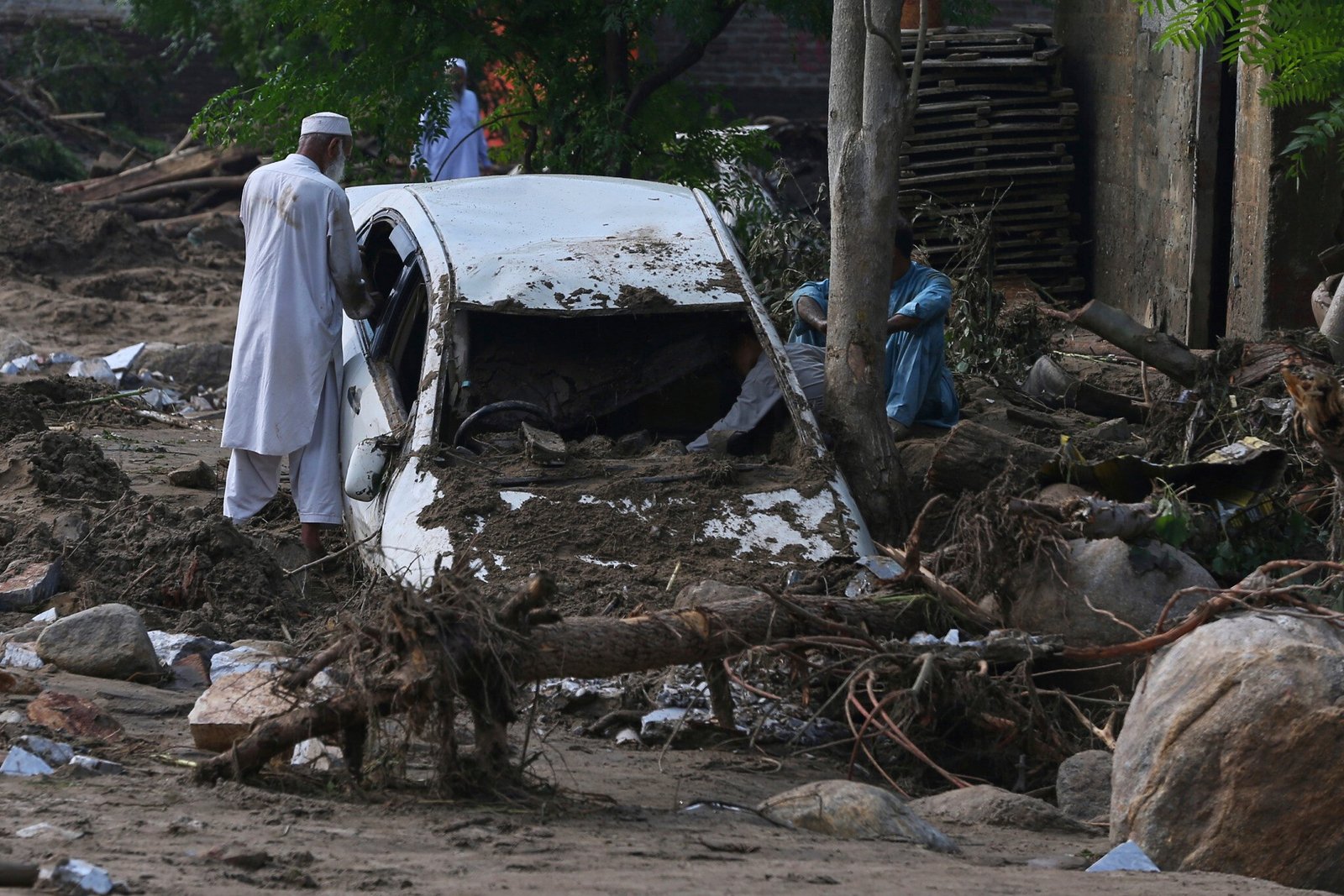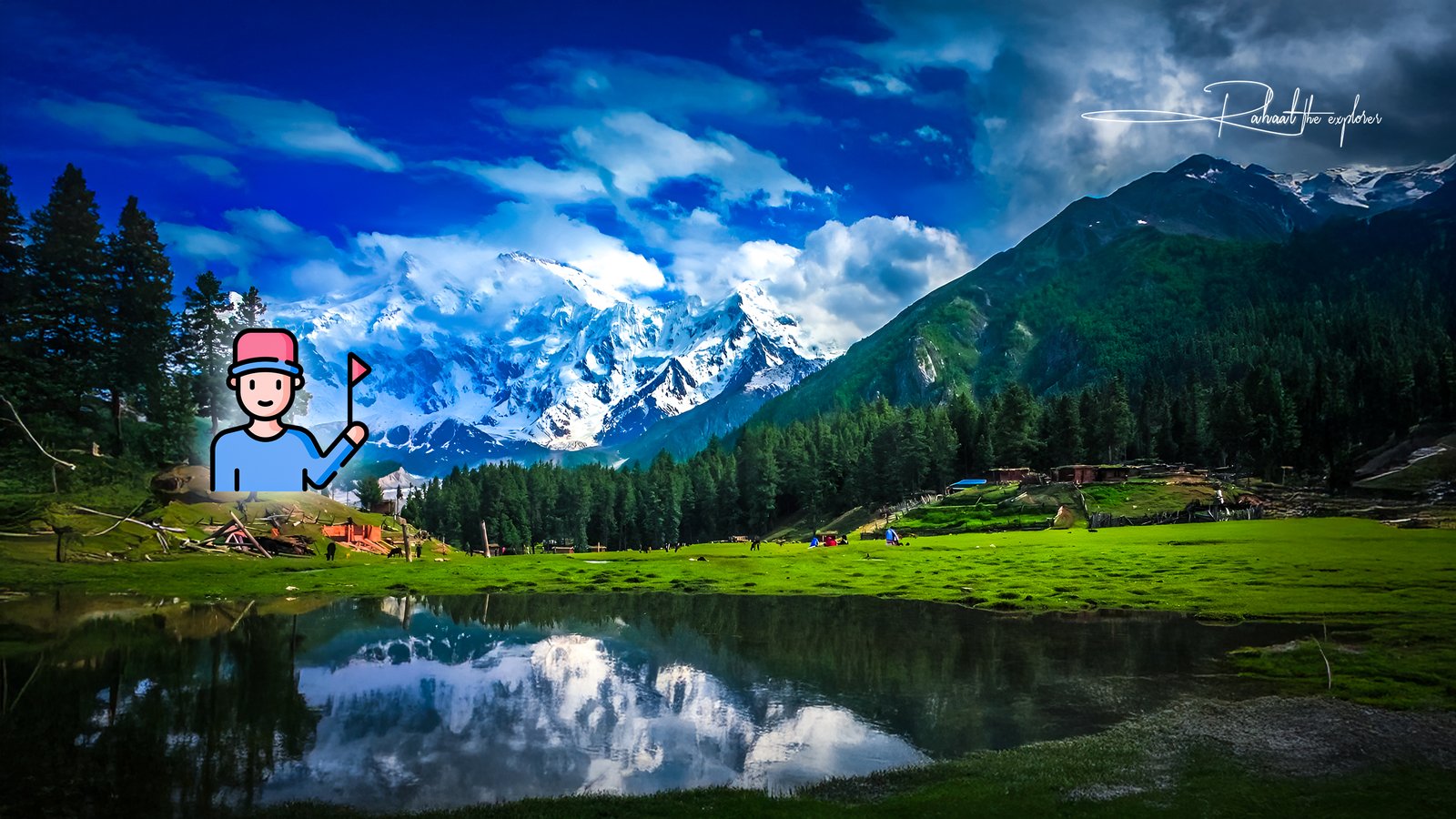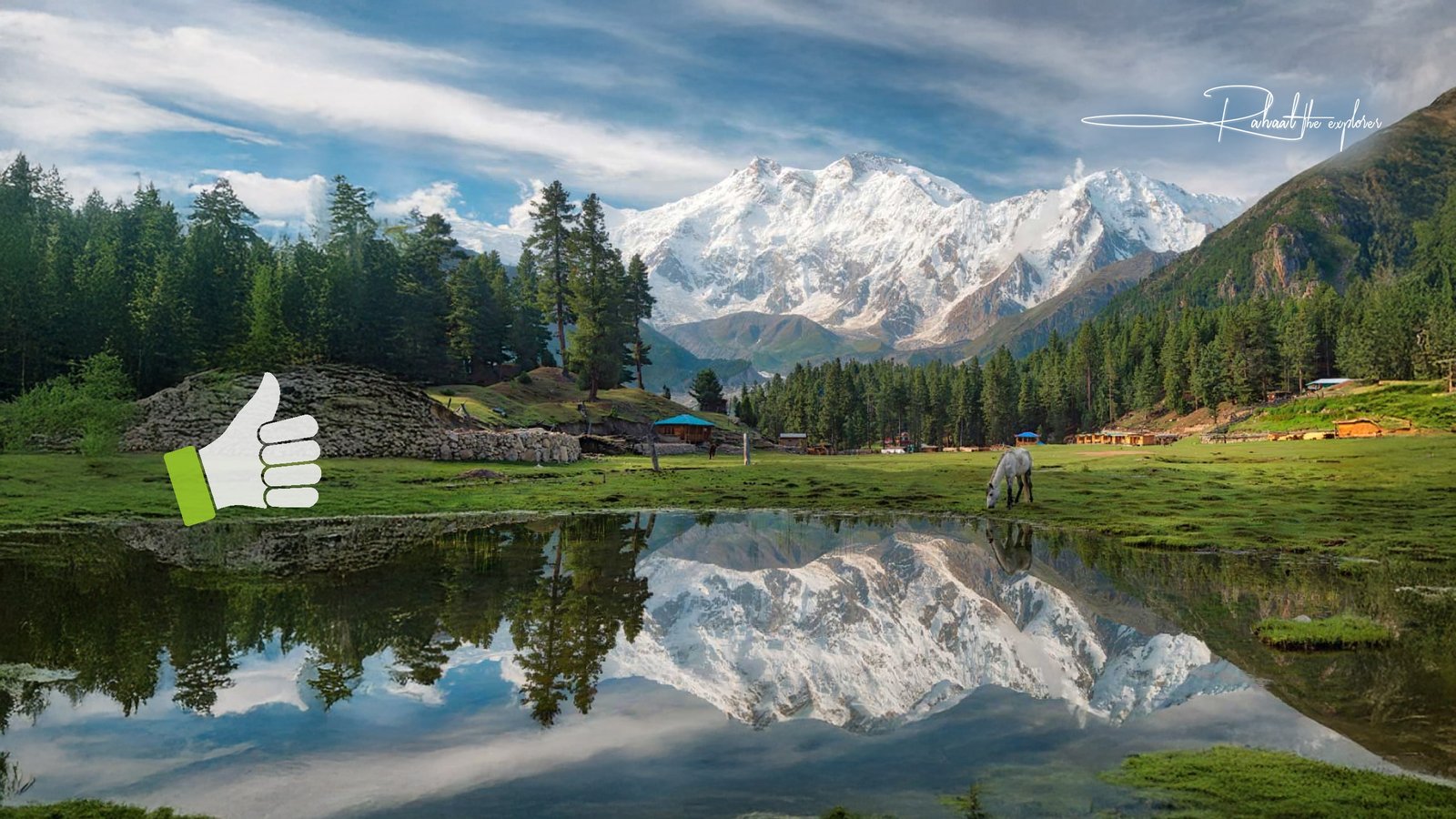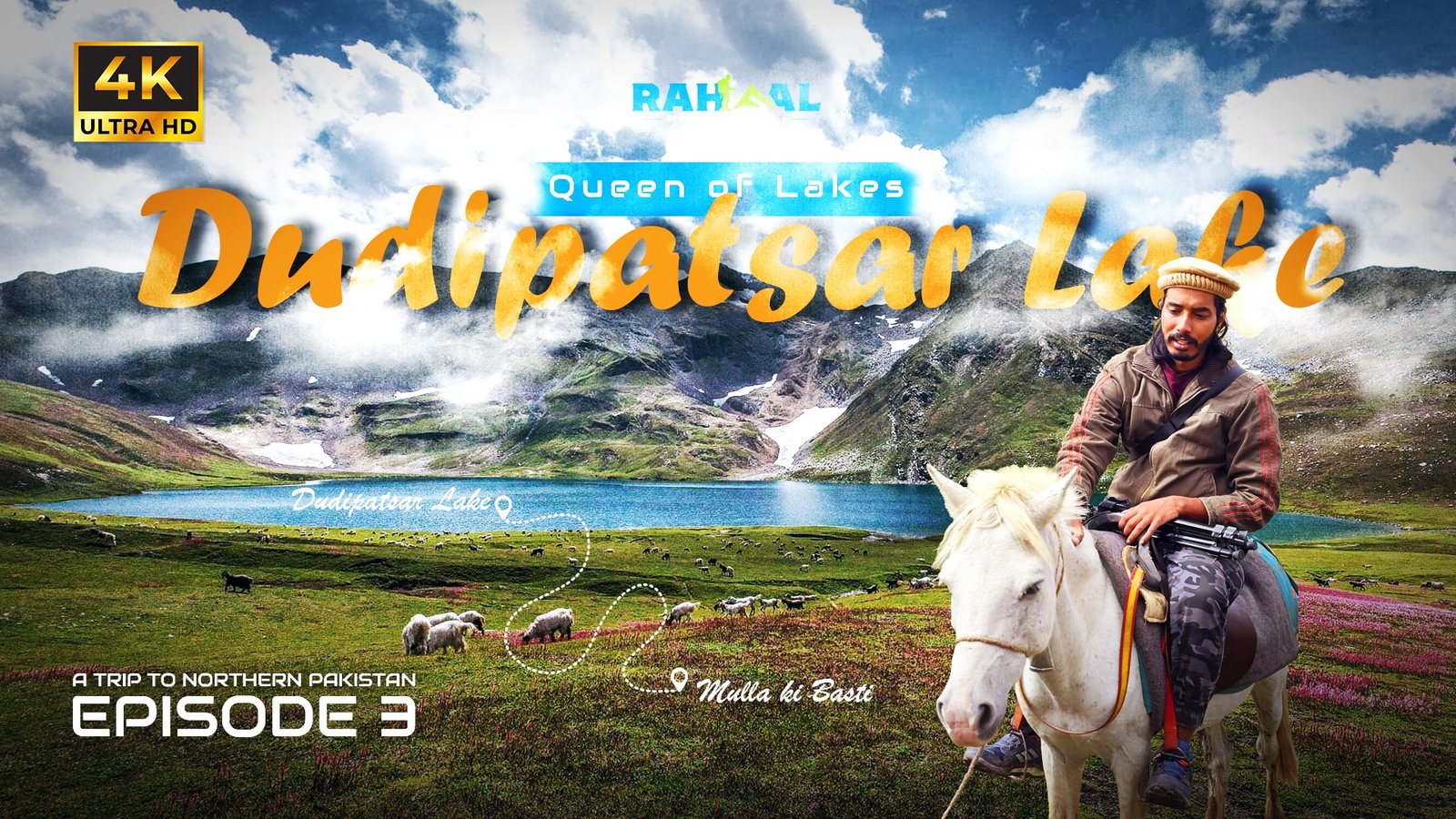The Pakistan floods 2025 have emerged as one of the most devastating natural disasters in the country’s recent history. Torrential monsoon rains, flash floods, and deadly cloudbursts have claimed over 600 lives, destroyed thousands of homes, and displaced countless families. From Khyber Pakhtunkhwa to Gilgit-Baltistan, the unprecedented downpours have not only shattered infrastructure but also raised alarming questions about climate change in Pakistan and the government’s preparedness for such disasters.
The Scale of Destruction
According to reports from NDMA (National Disaster Management Authority), the 2025 monsoon in Pakistan has caused:
More than 600 fatalities since June.
Thousands of houses and shops completely washed away.
Roads, bridges, and key transport links destroyed in northern areas.
Entire villages submerged under floodwaters.
The hardest-hit regions include Buner, Swat, Shangla, Mansehra, and Bajaur, where landslides and flash floods blocked rescue operations.
What Caused the 2025 Floods?
The 2025 floods are not a one-off incident but a result of multiple factors:
1. Intense Monsoon Rains
This year’s monsoon in Pakistan brought record-breaking rainfall, far beyond the seasonal average.
2. Cloudbursts in Mountainous Areas
Cloudbursts in northern Pakistan released over 100mm of rain within an hour, triggering sudden flash floods.
3. Glacial Melting and Climate Change
Pakistan is home to more than 7,000 glaciers. Rising temperatures are accelerating glacial melt, worsening flood disasters in Pakistan.
4. Poor Urban and Rural Planning
Encroachments on riverbeds, unplanned housing, and deforestation have amplified the destruction caused by monsoon rains.
Government Response and Criticism
The government has defended its emergency response, highlighting NDMA’s efforts in rescue and relief operations. However, many citizens argue that early warnings were insufficient, and disaster management systems failed to protect vulnerable communities.
Rescue operations: Despite helicopters and ground teams being deployed, accessibility to remote areas remains a huge challenge.
Relief camps: Thousands are forced to live in temporary shelters with limited resources.
Public criticism: Locals accuse the government of being reactive rather than proactive in handling natural disasters.
Impact on Tourism and Economy
The floods have dealt a severe blow to tourism in Pakistan’s northern areas, especially in Swat and Gilgit-Baltistan. Landslides and broken roads have left many tourists stranded. Additionally, agricultural lands have been washed away, threatening food security and economic stability.
Health Risks After Floods
Floods not only destroy infrastructure but also pose major public health risks. In 2025, medical experts are warning about outbreaks of:
- Waterborne diseases like cholera and diarrhea.
- Vector-borne diseases such as malaria and dengue.
Respiratory illnesses due to damp living conditions in relief camps.
Climate Change and the Future of Pakistan’s Monsoons
The Pakistan floods 2025 are a clear reminder of the country’s vulnerability to climate change. Scientists warn that rising global temperatures are making monsoon patterns more erratic and extreme. Without urgent climate action, such disasters will only intensify in the coming years.
Preparing for the Future: What Needs to Change?
To reduce the impact of future floods, Pakistan must:
- Strengthen early warning systems and weather forecasting.
- Improve disaster preparedness through community training.
- Invest in flood-resistant infrastructure.
- Promote reforestation to reduce soil erosion and flash floods.
Enforce stricter urban planning and ban construction on floodplains.
Conclusion
The 2025 monsoon floods in Pakistan are not just a natural disaster but also a wake-up call. They highlight the urgent need for climate adaptation strategies, better governance, and public awareness. As the nation recovers from this catastrophe, the question remains: Will Pakistan be better prepared for the next monsoon?



















